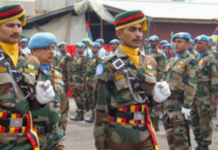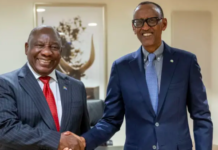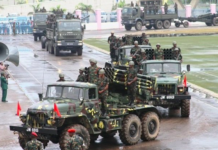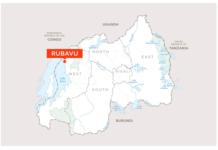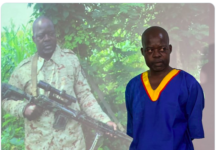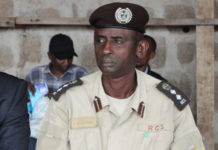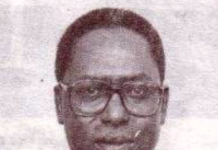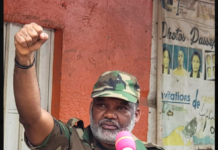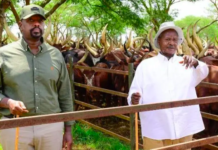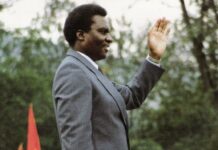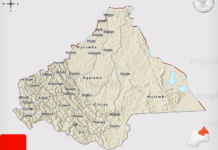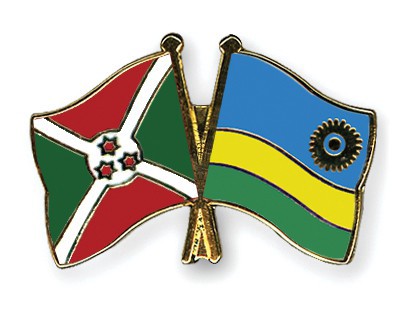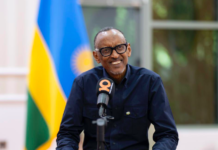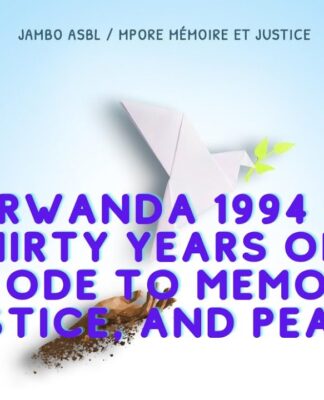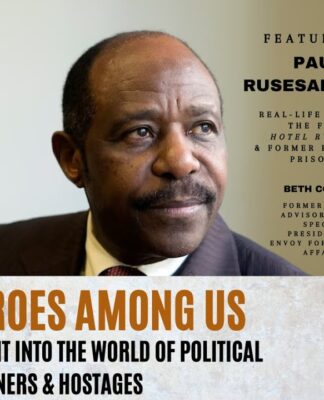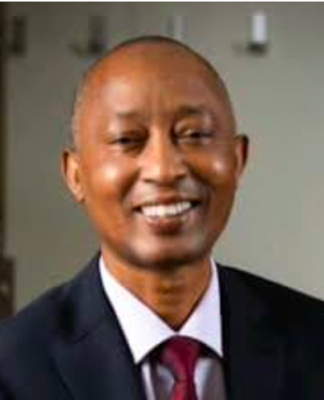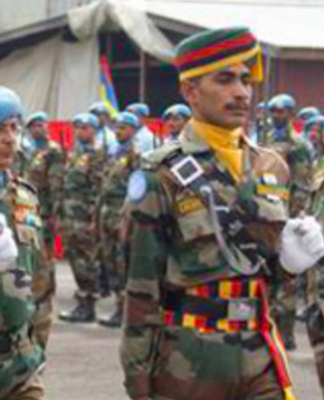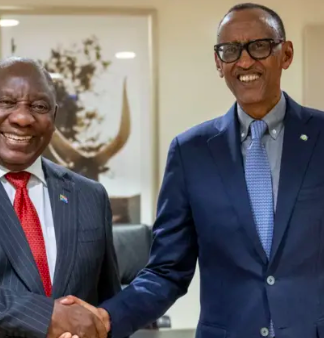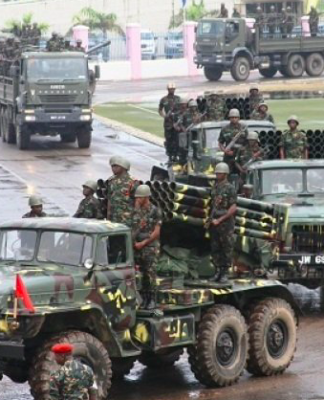By Innocent Justice
Rwanda and Burundi are two nations, which share so much in common! These two nations are located in the heart of Africa within a region called the Great Lakes. Rwanda, my motherland, is located north of Burundi. Burundians and Rwandans speak languages that are almost similar. When we speak with our brothers and sisters from Burundi, we don’t need an interpreter because we can all speak in our mother languages and understand each other! It’s like a British person talking to an American person in English.
Rwanda, Burundi, and the Democratic Republic of Congo were colonized by Belgium. Rwanda and Burundi both share same culture and ethnic demography. Ethnically, they both contain roughly 85% Hutus, 14% Tutsis and 1%Twas. In Rwanda, the new regime banned the mention of ethnicity. Their reason is avoiding ethnic division, but I will argue that the government is hiding the inequality in ethnic representation in government and security organs. Nevertheless, ethnicity is mentioned during the 100 days of Genocide commemorative because it’s convenient for the current regime to use ethnicity during the genocide commemoration. On the other hand, Burundians identifying in their ethnicity is not taboo.
The Rwandan regime banned the mention of ethnicity, but in Burundi, power sharing is based on ethnicity. Burundi, like Rwanda, suffered from ethnic divisions due to power sharing. This division has been going on for centuries. In Burundi they use ethnicity to make sure that all ethnicities are represented in government and security forces; in Rwanda, Tutsi minorities enjoy all the benefits of the country in disguise, because there is no mention of ethnicity. In Rwanda few Hutus hold government positions and these Hutus are known as ‘Hutus for service’. For many years, Burundi was ruled by the Tutsi minority and they controlled everything from the military to the economy. Hutus were treated like second class citizens or forced into exile. The system that was in Burundi shifted to Rwanda when the RPF took power in July 1994.
In Rwanda, the Tutsi minority lost power when the Kalinga Dynasty was abolished during the late 1950s. The Banyiginya tribe reigned for about four centuries under Kalinga. After the Hutu Revolution, hundreds of thousands of Rwandan Tutsis fled to Burundi, DRC, Tanzania, Uganda and many other nations. The children of those who lost power during 1950s invaded Rwanda with the help of President Yoweli Kaguta Museveni of Uganda. They formed a political-military organization called the Rwandese Patriotic Front (RPF) and its military wing, Rwanda Patriotic Army (RPA).
Even though Hutus in Rwanda abolished the Tutsi monarchy during the wave of independence, in Burundi the Tutsi monarchy transitioned into a republic. Burundi experienced waves of violence in the ’60s, ’70s, and ’90s that resulted in many Burundian Hutus going into exile! In June 1993, Burundi had a free and fair Democratic election in which Hutu President Ndadaye Melchoir was elected, but extremist Tutsi soldiers overthrew his government on October 21st of the same year. He was tortured and then assassinated, along with some key members of his government. A Tutsi President Pierre Buyoya, who had been on and off in power, was installed by the extremist Tutsi soldiers who killed President Ndadaye. Next time I will share with my readers how what happens in one of these two nations affect the other!


